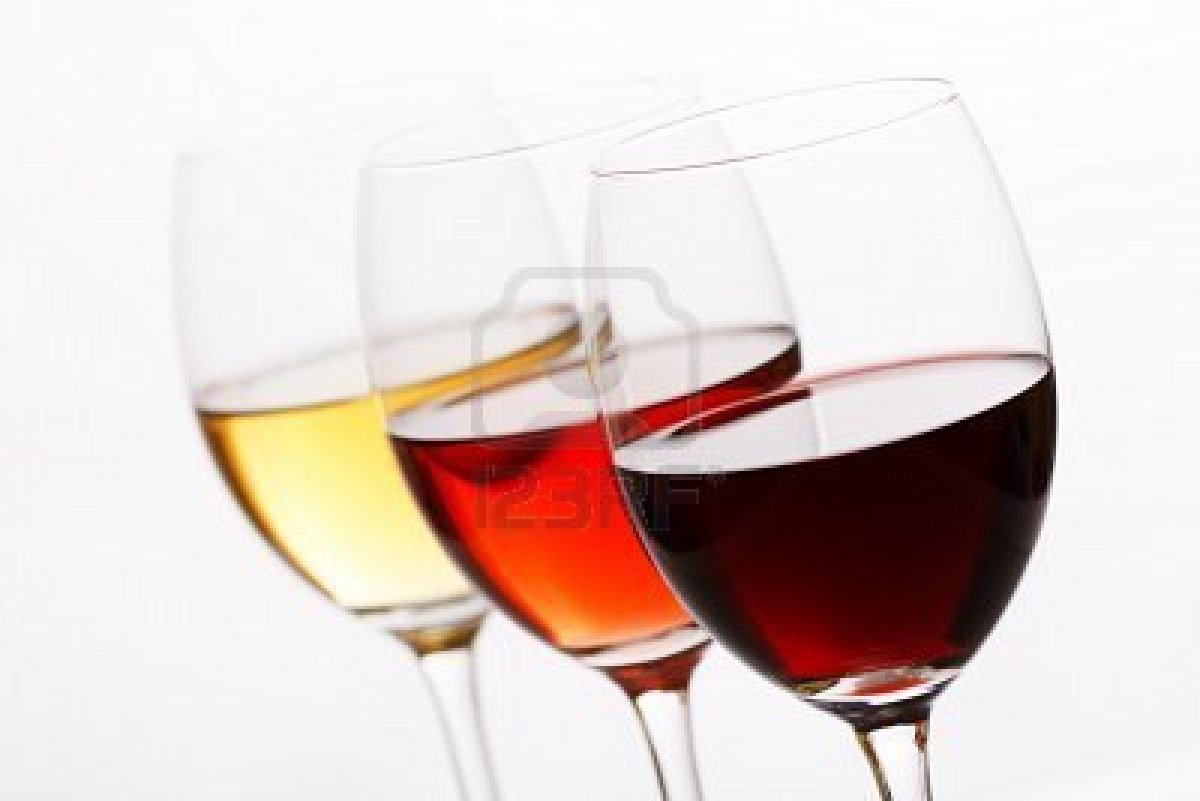“Blind tastings are to wine what strip poker is to love.”- Kermit Lynch, Wine Merchant, Berkeley, CA
For most people we begin almost everything with our eyes. The light, the spirit in another’s eyes draws us to them, it attracts us. Perhaps it even changes us. The sight of a trail off the beaten path excites us. We must explore it. We drive by a restaurant or a shop and something makes us want to stop, to see more. Each time we sit down to a meal we begin eating with our eyes first. The plate before us gives us clues of what’s to come. The anticipation grows.
It is the same with wine. What our eyes see sets our brain afire to taste what’s next. When a glass is placed before us the first thing we instinctively do is lift it up to the light and look at the liquid thus contained. And, as in so many situations, instinct is the way to go. Do pick up your glass and gaze at its contents. The best way to really look at your wine and see its color is to pour a small amount in your glass and then tilt the glass at a forty-five degree angle. Wine is actually quite lovely.
Whether straw yellow or golden amber, whether translucent cherry or a deeper ruby, the color of your wine should be clear and bright. Murky wine is a bad thing, my friends. You are looking for jewel tones. The look of the wine is your first indicator as to its quality, age and ultimately, taste.
A young white wine can start out a pale, almost pear colored greenish-yellow in a Sauvignon Blanc or a rich citrine in a full-bodied Chardonnay. White wines tend to darken in color as they age. They become more and more golden. Their color depends on a range of factors: the varietal (type of grape), whether the wine spent any time in barrels (some whites are aged completely in steel tanks and have less color as a consequence) and how much contact the wine had with oxygen in the vinification process and during subsequent bottling.
On the other hand, reds will tend to go in the opposite direction. Red varieties begin with brighter hues such as garnets (Merlot) and reds so deep they verge on purple (Petite Syrah) which mellow towards brick reds as they age. Red wines that start to show hints of yellows or browns may be past their prime however, decant (aerate) the wine and try it anyway. I’ve had some brown-red wines that were still quite drinkable.
Besides color you’ll hear many wine drinkers talk about the “legs” or the “tears” of a wine. This is simply when you swirl your wine there will be an almost syrupy effect as the wine drips back down the side of your glass in rivulets. Some people will say this phenomenon is an indicator of the wine’s sugars, quality or viscosity, however, that is not the case. A wine’s legs actually tell us about the alcohol content of a wine and are the result of good old-fashioned surface tension. Alcohol has a lower surface tension than water so the higher the alcohol, the more prominent the legs. Indeed, California wines tend to be so high in alcohol content (often 15% compared to 12-13% in other regions) that I have been known to comment on a wine’s “cankles”. Oh dear, I hope that didn’t make the wine feel self-conscious.
So on your next glass of wine sit back and admire the color, note the legs and most of all, enjoy the moment.

All this writing about wine has me wanting a glass. Drat, it’s only 10am, that’s too early… even for me!
